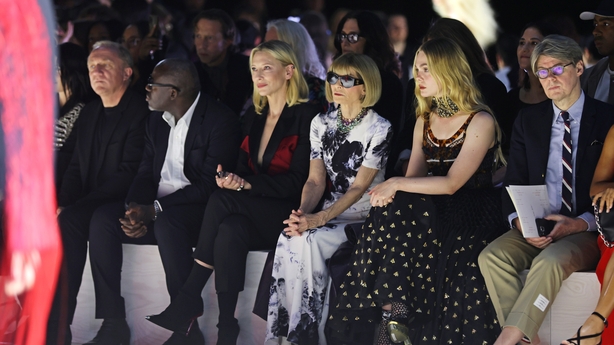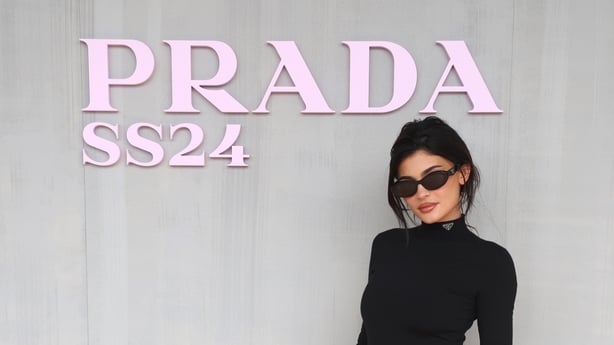Fashion psychologist Dr. Dion Terrelonge joined Jennifer Zamparelli on RTÉ 2FM to discuss where fashion trends begin, and who decides what's 'in'. Listen back above.
"Florals? For spring? Groundbreaking."
Fashion fans will recognise these immortal words as one of Meryl Streep's most quotable quips in the 2005 hit The Devil Wears Prada.
The movie follows the hapless journalist Andy Sachs (Anne Hathaway) as she attempts to climb the career ladder, inadvertently becoming the assistant to Miranda Priestly (Streep), a demanding editor-in-chief of a high fashion magazine.
In one memorable scene, Andy is caught smirking as stylists struggle to choose two seemingly identical belts, explaining that she doesn't understand this "stuff".
if drag race is now doing spoken word lip syncs then i'm starting the petition for the cerulean speech from devil wears prada as it was the peak of cinema pic.twitter.com/PuLMgkybun
— danny (@shckldg) July 9, 2022
Priestly's cutting response, detailing the journey that her assistant's "lumpy blue sweater" has undergone to become a particular shade of cerulean, has since cemented itself in pop culture:
"What you don't know is that that sweater is not just blue, it's not turquoise, it's not lapis, it's actually cerulean. And you're also blithely unaware of the fact that in 2002, Oscar de la Renta did a collection of cerulean gowns. And then I think it was Yves Saint Laurent, wasn't it, who showed cerulean military jackets?
"And then cerulean quickly showed up in the collections of eight different designers. And then it, uh, filtered down through the department stores, and then trickled on down into some tragic Casual Corner where you, no doubt, fished it out of some clearance bin."

Priestly, supposedly channeling Vogue editor-in-chief Anna Wintour for the iconic role, ultimately makes the point that even that one shade of blue represents the blood, sweat and tears of an entire industry.
So, who is in charge of that industry? Is it the editors of high-fashion magazines, haute couture designers, stylists to the stars, or even the celebrities themselves?
Fashion psychologist Dr. Dion Terrelonge told Jennifer Zamparelli that the decisions ultimately comedown to a select group of agencies.
According to the fashion psychologist, fashion brands will spend thousands of dollars on reports from agencies run by "trend forecasters" to find out what colours and fabrics will be popular in the coming years.
She explains that agencies like Pantone and WGSN will trawl though social media data to look at "what we're wearing, how we're wearing it, and what we're talking about", all in the hopes of predicting the next big thing.

Offline, trend forecasters will go to fashionable hotspots like Toyko and Denmark to look at what people are wearing on the street to analyse what will come next.
Social and political changes among younger generations are also taken into consideration when it comes to fashion forecasting, however, Terrelonge notes that cultural differences are still a blind spot for many.
"They cater to what they know," she explains, noting that diversity isn't always found among the top decision makers, which means that certain markets can become pigeonholed.
"What they choose to sell and promote from country to country will differ, so what Prada will sell in Miami is very different to what Prada will sell in, for example, Shanghai or even in London. In Miami, there's a strong Latin influence and they like colour and pattern over there, whereas here, we're a lot more reserved."

Ultimately, Terrlonge agrees with Miranda Priestly's scathing sentiment that even the lumpiest blue jumper has come into existence because of the work of an entire industry, from the trend forecasters to the fashion buyers.
"They decide what we'll be buying, years ahead of us deciding ourselves," she states.
Then again, those very trends are decided by the choices of the public, whether it be street wear spotted in Tokyo or patterns pulled from Irish Instagram.
To listen to the full interview between Zamparelli and Terrlonge, listen back to the clip at the top of the page.

